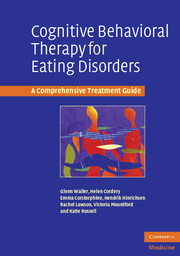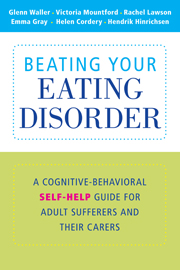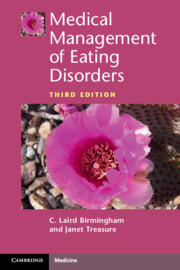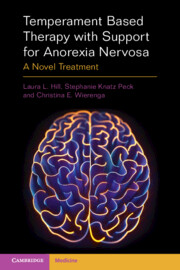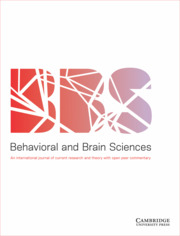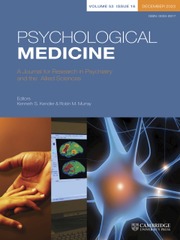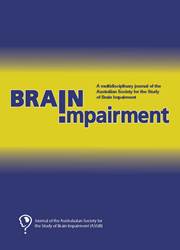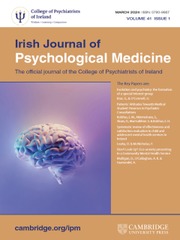Cognitive Behavioral Therapy for Eating Disorders
This book describes the application of cognitive behavioural principles to patients with a wide range of eating disorders - it covers those with straightforward problems and those with more complex conditions or co-morbid states. The book takes a highly pragmatic view. It is based on the published evidence, but stresses the importance of individualized, principle-based clinical work. It describes the techniques within the widest clinical context, for use across the age range and from referral to discharge. Throughout the text, the links between theory and practice are highlighted in order to stress the importance of the flexible application of skills to each new situation. Case studies and sample dialogs are employed to demonstrate the principles in action and the book concludes with a set of useful handouts for patients and other tools. This book will be essential reading for all those working with eating-disordered patients including psychologists, psychiatrists, nurses, counsellors, dieticians, and occupational therapists.
- Applies cognitive behavioural principles to the full range of eating disorders
- Takes a pragmatic and flexible approach to care
- Describes case studies, uses sample dialogs and includes patient handouts
Reviews & endorsements
"This truly is a comprehensive treatment guide. The authors go through the process step-by-step, staying true to the cognitive-behavioral tradition...Numerous tables and figures help to elucidate the material and brief case examples are also used in some chapters. The book successfully leads readers in an orderly fashion through the assessment and treatment phases of eating disorders, providing principles, not specific protocols."
--Doody's Book Review Service
Product details
May 2007Paperback
9780521672481
470 pages
248 × 175 × 23 mm
0.942kg
23 b/w illus. 16 tables
Available
Table of Contents
- Part I. Introduction:
- 1. The philosophical and theoretical stance behind cognitive behavioral therapy (CBT)
- 2. Broad stages in CBT and format of delivery
- 3. What the clinician needs to establish before starting
- Part II. Core Clinical Skills for Use in CBT with the Eating Disorders:
- 4. Assessment
- 5. Preparing the patient for treatment
- 6. Motivation
- 7. A guide to important dietary and nutritional issues
- 8. Case formulation
- 9. Therapy interfering behaviours
- 10. Homework
- 11. Surviving as an effective clinician
- 12. Setting and maintaining an agenda
- 13. Psychoeducation
- 14. Diaries
- 15. The role of weighing in CBT
- Part III. Core CBT Skills as Relevant to the Eating Disorders:
- 16. Socratic questioning
- 17. Downward arrowing
- 18. Cognitive restructuring
- 19. Continuum thinking
- 20. Positive data logs
- 21. Behavioral experiments
- Part IV. Addressing Eating, Shape and Weight Concerns in the Eating Disorders:
- 22. Overevaluation of eating, weight and shape
- 23. Body image
- Part V. When the Standard Approach to CBT Is Not Enough:
- 24. Comorbidity with Axis I pathology
- 25. Comorbidity with Axis II pathology
- Part VI. CBT for Children and Adolescents with Eating Disorders and their Families:
- 26. CBT for children and adolescents with eating disorders and their families
- Part VII. Endings:
- 27. What to do when CBT is ineffective
- 28. Recovery
- 29. Relapse management and ending treatment
- Conclusion. Cognitive behavioral therapy for the eating disorders
- Appendix 1. Semi-structured assessment protocol
- Appendix 2. Psychoeducation materials
- Appendix 3. Food diary
- Appendix 4. Behavior experiment sheet.

